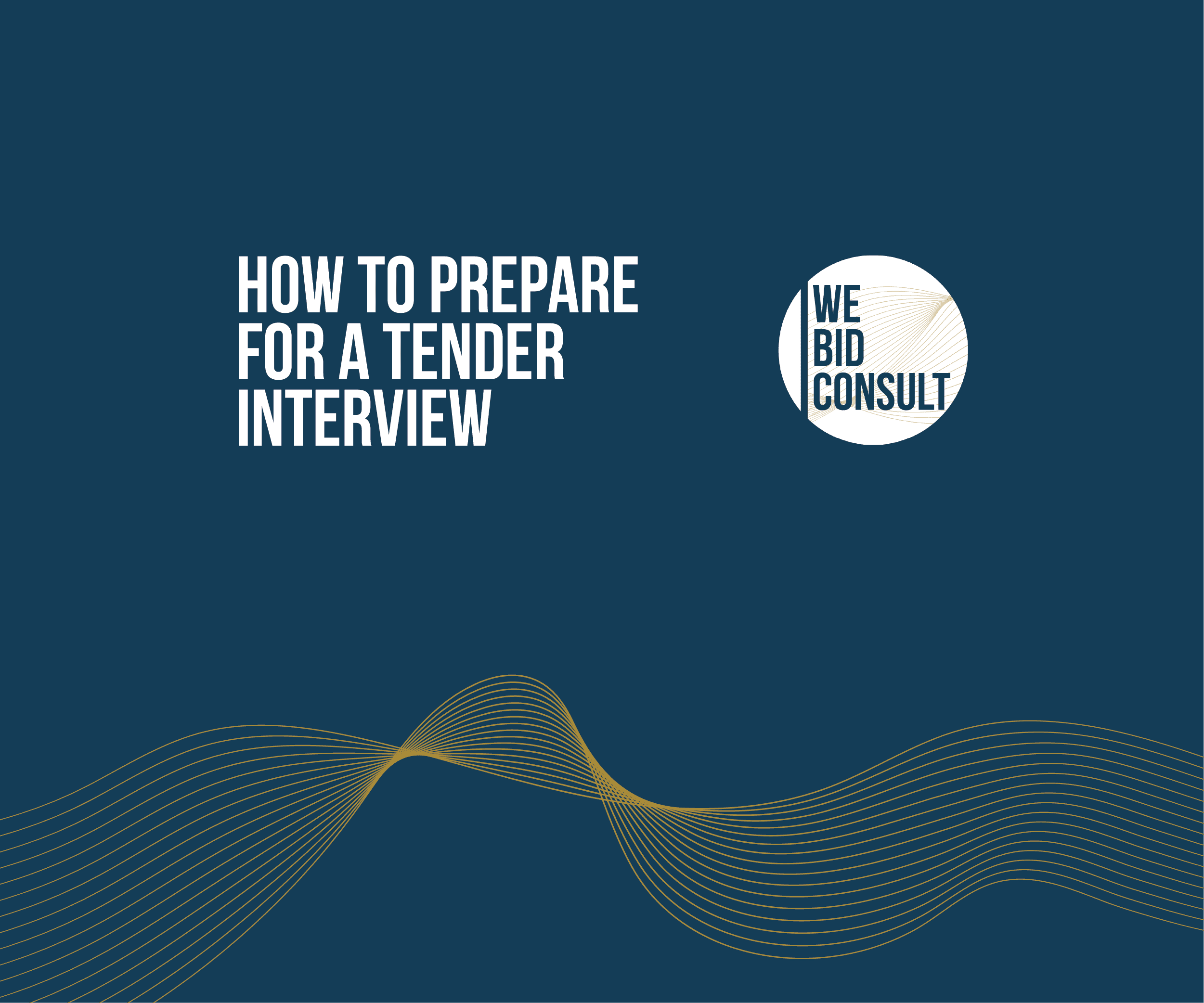How to Write Case Studies that Win Contracts

Case studies are one of the most effective ways to demonstrate credibility and capability within a bid. They provide tangible evidence of your experience, expertise, and results, allowing evaluators to see how your organisation delivers value. When written well, case studies can make the difference between a good submission and a winning one.
Why Case Studies Matter in Tendering
In public and private sector procurement, buyers want to see clear evidence of your ability to deliver. Case studies give you the opportunity to show how your team has successfully completed projects of similar scale and complexity. They also allow you to highlight lessons learned, innovation, and client satisfaction.
Well-written examples build trust and help evaluators understand your approach. Each case study should tell a concise story that connects directly to the tender requirements and shows how your organisation’s expertise aligns with the client’s objectives.
Structuring a Strong Case Study
The most effective case studies are clear, focused, and easy to read. A simple structure works best:
1. Background
Set the scene with a short introduction to the client, project type, and scope of work. Keep this concise and relevant to the tender you are submitting.
2. Challenge
Describe the situation or requirement the client faced. This demonstrates that you understand the wider context and the complexity of similar projects.
3. Solution
Explain how your organisation responded. Focus on your approach, key decisions, and any innovations that contributed to the project’s success.
4. Results
End with measurable outcomes such as cost savings, improved performance, client feedback, or sustainability benefits. Use data where possible to evidence impact.
At WeBid Consult, we help clients present project examples that are structured, engaging, and directly relevant to each tender opportunity, ensuring clarity and consistency across every submission.
Linking Case Studies to Evaluation Criteria
To score highly, your case studies should align directly with the tender evaluation criteria. Focus on examples that match the project type, contract value, and technical requirements. For instance, if a tender highlights sustainability or social value, include examples of how your organisation achieved carbon reductions or community benefits in previous work.
Avoid using outdated or generic examples. Evaluators prefer recent, relevant projects that show your ability to meet current standards and expectations.
How WeBid Consult Supports You
Our consultants specialise in helping clients build structured, persuasive case studies that strengthen the overall bid narrative. We help you:
- Identify and select the most relevant examples for each tender
- Develop structured, outcome-focused content
- Present technical information clearly and effectively
- Integrate case studies into your submission for maximum impact
With a 96% success rate, WeBid Consult’s experience ensures every project example adds value to your submission and contributes meaningfully to your evaluation score.
Get in Touch
If you need support creating case studies that strengthen your bids, WeBid Consult can help. Contact our team to refine your project examples and build submissions that score higher and win more contracts.
Frequently Asked Questions
What is a tender case study?
A tender case study is a short, structured example of a completed project that demonstrates your capability, approach, and results. It helps evaluators understand how your organisation delivers value in practice and is a key part of high-scoring bid submissions.
How long should a case study be in a bid?
Most tender case studies are between 250 and 500 words, depending on word limits. The key is to include enough detail to demonstrate competence while keeping every sentence relevant and focused on the question being asked.
How do I write a good case study for a tender?
Start with a clear structure: background, challenge, solution, and results. Keep it concise, evidence-based, and focused on the tender’s evaluation criteria. Use data, feedback, and measurable outcomes to show the impact of your work.
Why are case studies important in bids?
Case studies provide proof that you can deliver. They allow evaluators to see real examples of your work and understand how your organisation meets specific project challenges. Strong case studies can directly influence your overall tender score.
Elevate your bids
We're dedicated on staying ahead with the latest news and market trends, using insights to shape your bidding strategy. Choose us for your next bid, where our comprehensive services include bid strategy, bid management, and design. With a remarkable 96% success rate in 2024, we're here to guide you seamlessly along the path to success.
Success in Numbers
Get in Touch
Find out how we can remove the burden of writing tender responses.






